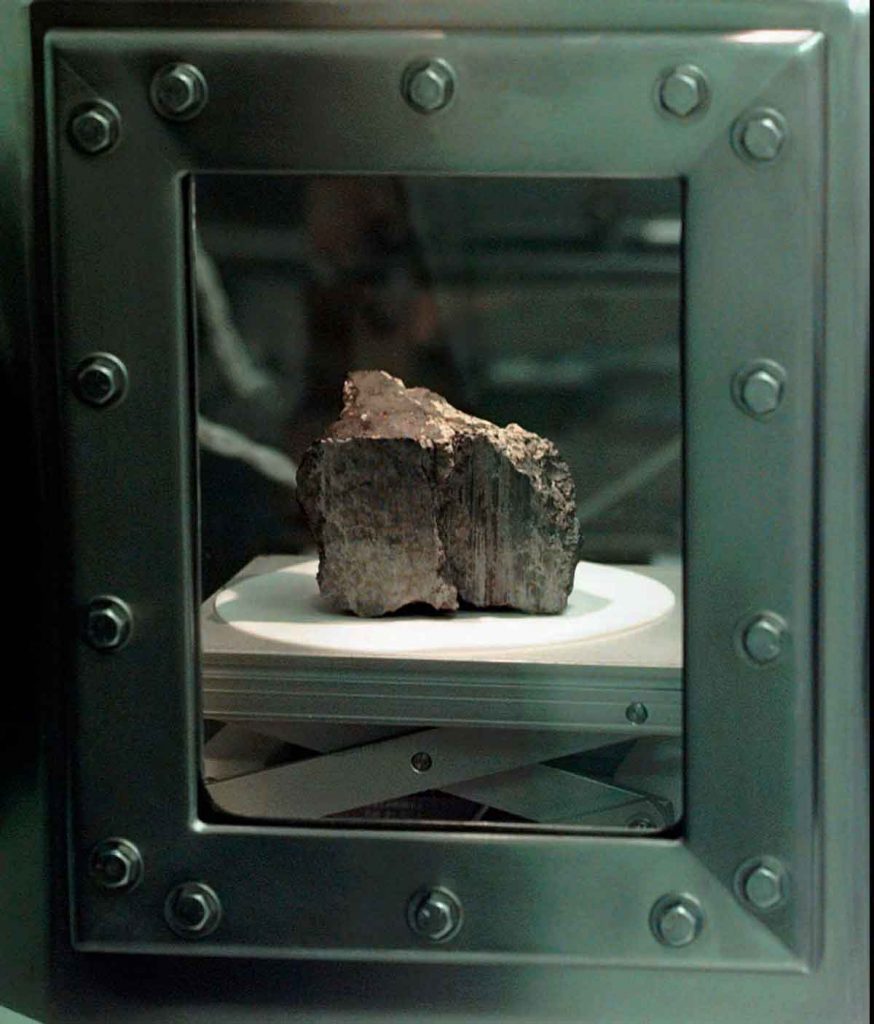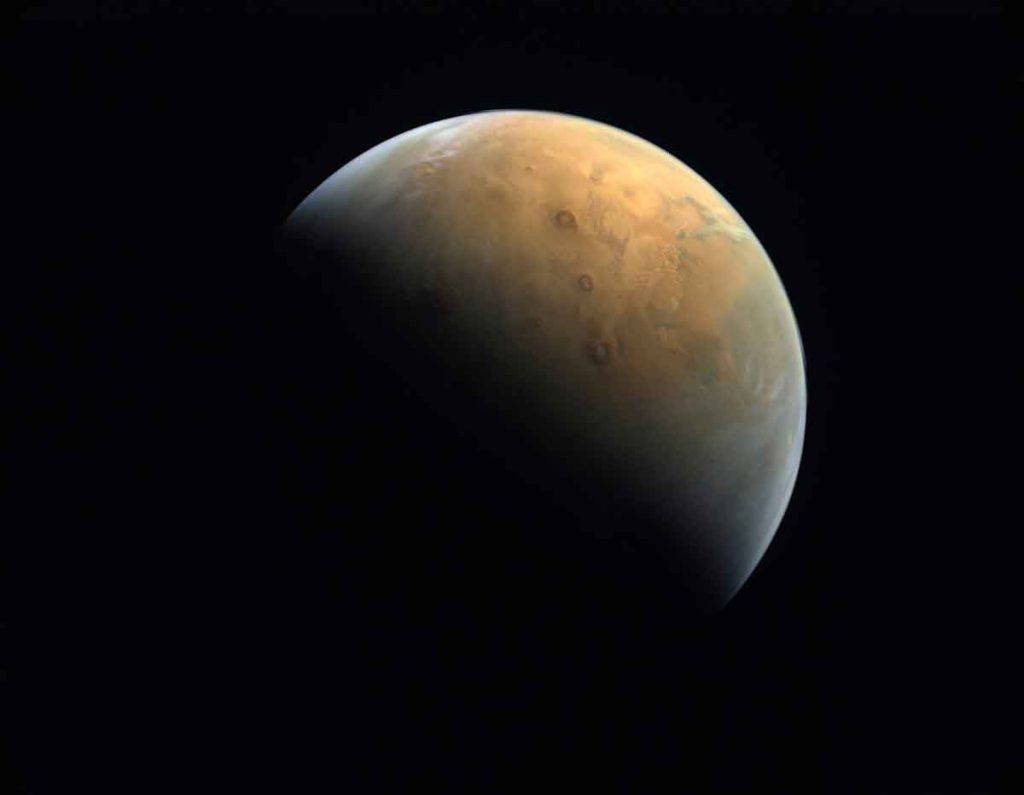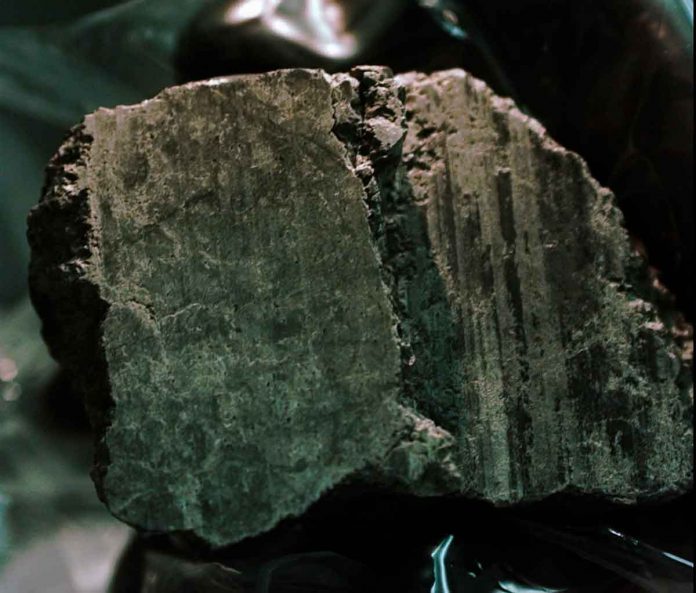Scientists said that a 4-billion-year-old meteorite from Mars have caused a splash on Earth decades ago. This event contains no evidence of ancient Martian life after all.
A NASA-led team announced in 1996 that living creatures left organic compounds in the rock. Some scientists were skeptical about this fact.
Scientists have experimented tiny samples from the meteorite. These experiments showed carbon-rich compounds are actually the result of salty water. The water has flowed over the rock for a prolonged period.
In the time of Mars’ wet and early past, two impacts occurred near the rock. This heated the planet’s surrounding surface. A third impact bounced it off the red planet and into space millions of years ago. In Antarctica, the 4-pound rock was found in 1984.
Groundwater moved through the cracks in the rock. It formed the tiny globs of carbon that are present. The same thing happens on Earth too. This can explain the presence of methane in Mars’ atmosphere.

Scientists took part in the original study took issue with these latest findings. They have said that they stand by their 1996 observations. Scientists said, advances in technology made the new findings possible.
Scientists recommended the measurements by the original researchers. They also noted that their life-claiming hypothesis “was a reasonable interpretation”.

Scientists tried to prove weather Mars ever had or still has microbial life. NASA’s Perseverance Mars rover has collected six samples for return to Earth in a decade.
The meteorite landed on an icefield in Antarctica thousands of years ago after spending millions of years in drifting through space. It is named as Allan Hills 84001, because from this hill it was found.

